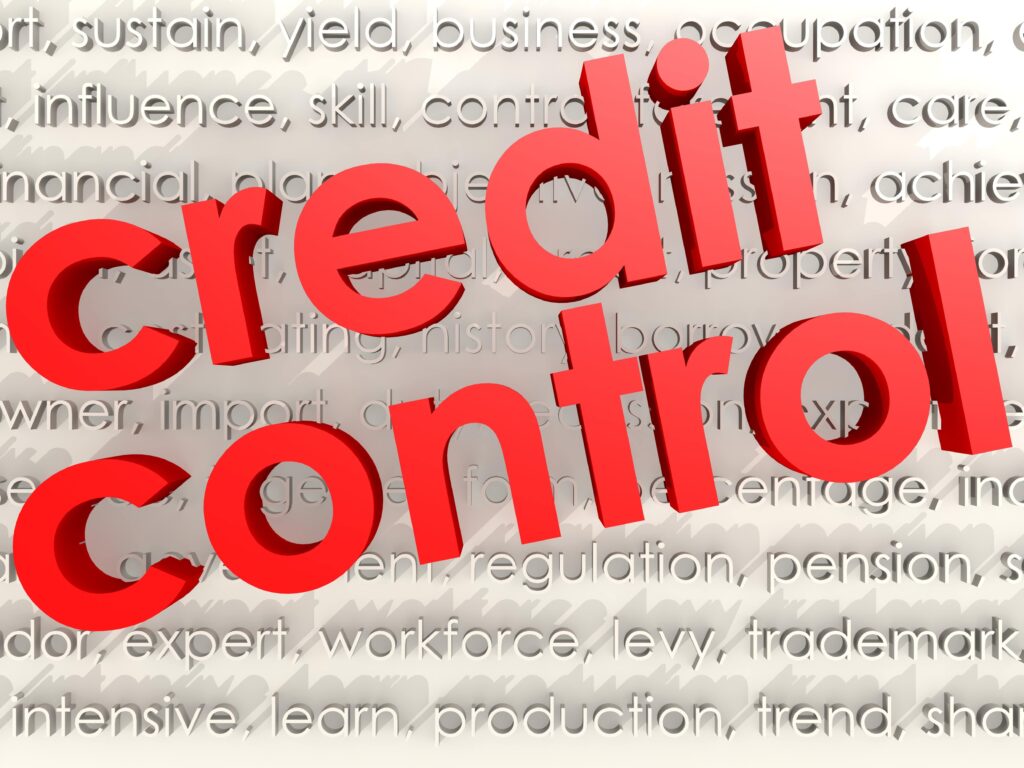Read along with me to learn about credit control and all you need to know.
One thing is certain, you can not take an uncoordinated decision and loan credit to an individual with a bad credit history and expect your money back. Chances are likely to be late repayment or default. If this continues, the lender will end up with inadequate liquidity.
Therefore, it ensures that they prefer only prospective customers with an excellent credit history. It leads to the company having enough cash flow to carry out its operations.
Let us take you through credit control and all you need to know.

What Is Credit Control?
Credit control is a lending strategy of allowing those with an excellent credit history to access credit. Relatively, it includes some sort of reminders that financial institutions deploy to retrieve their credit.
It is also called credit management, where businesses prefer to extend credit to those with a convincing credit score.
Read- 5 Banks Offering Unsecured Loans in Kenya.
Understanding Credit Control
Understand that credit control extends credit to an individual who makes it easier in repayment. It includes strategies like increasing quality, advertising and firm’s control. Know also that the benefit for every business is to increase sales so as to increase profit. Most important part of it is to determine who to give credit to. Business must determine what kind of policy they want to practice and implement.
In conclusion, institutions and lending platforms should recognize able and delinquent customers to render credit to. This can help them ensure to minimize the customer’s probability of not paying back the credit.
Credit Control Policies
When drafting credit control, there are policies that should guide you as a lender or a company. Many companies know ways to go about it, but to be more explicit, we would list all. They are:
- Restriction policy – here customers with excellent credit history are offered credit
- Moderate policy- this is the middle of the way risk policy that extends to these with fair credit history
- Liberal credit control policy- it is a high-risk policy where companies give credit to most of the customers. This is mostly practiced by companies with market monopoly.
Setting a Credit Control Policy
Before setting a credit control policy, there are factors to note and consider. The factors are:
- The stage of profit in each sale
- Monopoly of product and services. Monopoly suppliers dictates conditions of transactions and extends credit to keep customers ‘
- Consider also the rooted income flow of your company. Financial institutions with low income flow can not offer credit to every customer. They offer to proven and liable customers that can repay the credit.
Who use Credit Control
The committee of companies that use credit control are:
- Banks
- Other financial institutions
- Retailers and
- Manufacturing companies.
Why is Credit Control important
Credit control plays an important role in maintaining a company’s flows through credit lending. Its importance include:
- It ensures that only prospective customers with excellent credit history gets the credit
- Enough cash flow to maintain company’s operations
- Frequent return of the credit with interest increases the profit margin
- It boost trust and mutual relationship between the company and the customer
Credit Control Factors
The four basic credit control factors are:
- Credit period: This is the length or duration of time they expect a customer to pay.
- Cash discounts: they offer Cash discounts to businesses to prompt them to pay early. The discount is offered from the sales price when the buyer pays before the end of the discount.
- Credit standards: This makes up the financial strength that a customer must possess for credit. When everyone is given credit without proper checks, it would boost sales but will increase bad debts.
- Collection policy: Includes all policies designed for debt collection. Tougher policy speeds up collection but must also be flexible. If not, some customers after paying, they might not want to do business with the supplier again.
Tips for effective credit control
The best practice tips for effective credit control system in companies are:
- Companies should ensure all it can do to quicken customer’s payment.
- Adopt a flexible strategy in lending credit and hitting the which is profit maximization
- Put in place proper steps to identify early potential bad debts
- Possess an effective management policy.
Other related articles
Conclusion
Credit control is a business strategy that suppliers used to promote the selling of goods. They do so by extending credit to customers. Most businesses in Kenya try to extend credit to customers with an excellent credit history.
The customers on their own part ensure payment of the goods or services. Moreso, companies draft credit control policies that are either restrictive, moderate, or liberal, which serves as a strategy to credit.
Conclusively, it focuses on different aspects like credit period, cash discounts, credit standards, and collection policy. These aspects must be flexible so as not to hurt future results.